‘Traditional caste system is a man-made social construct that has pushed the Dalits to continued state of oppression’-Dr Drona Prakash Rasali
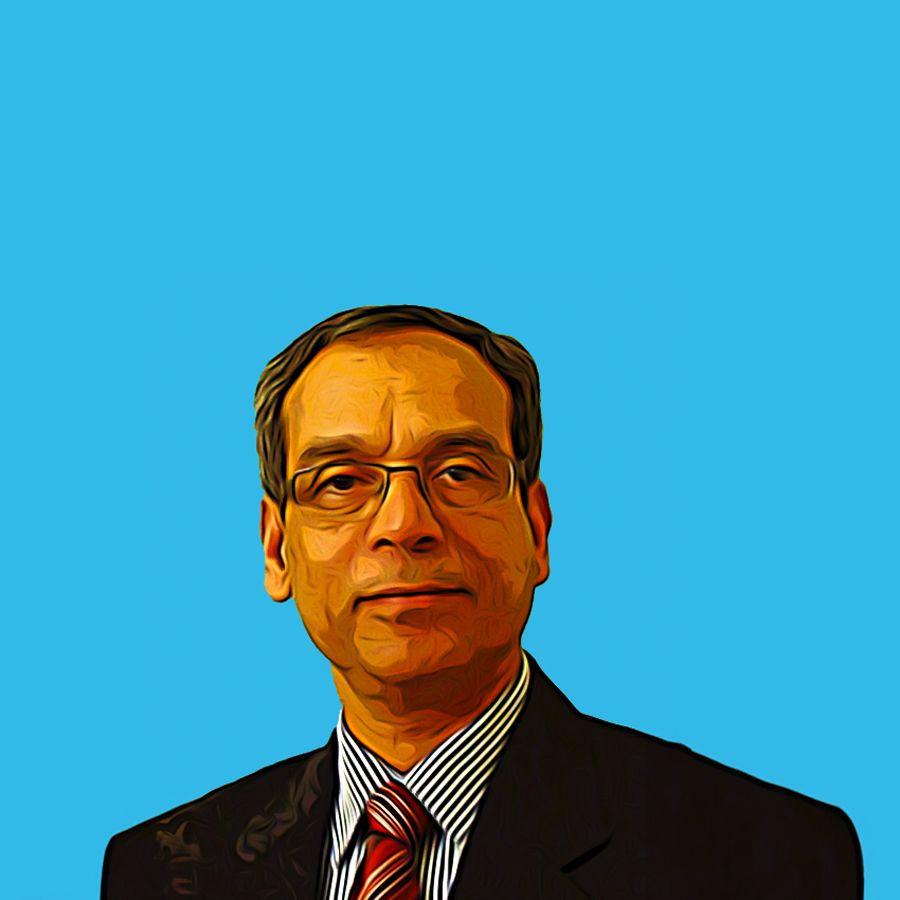
DR DRONA PRAKASH RASALI is a Nepalese-Canadian population and public health expert, and
currently an adjunct professor at the University of British Columbia in Canada. He
has championed health equity, community empowerment and social justice. He co-founded the Emotional Well-Being Institute of Canada (2021), and previously played a key role in
establishing Nepal Open University (2016) and founded the NepalDalitinfo Network (2003). His
45-year long professional career spans leadership roles in veterinary science, genetics,
epidemiology, public health and higher education, earning him prestigious honors like the
Fellowship of the American College of Epidemiology and the Canadian Public Health
Association’s Honorary Life Membership Award. Dr Rasali is serving as the chairperson, Sahayatra International Alliance for Social Justice. He spoke to SOUTH ASIA TIME on contemporary issues. Excerpts of the interview:
Could you pls let us know regarding the Global Conference for a Caste Free World 2025 being organised in Toronto in May this year? What are the main objectives of this conference?
The Global Conference for a Caste-Free World 2025 (www.sahayatraintl.com/global-conference) will be organized in Toronto on May 25-27, 2025 on the auspices of Sahayatra International Alliance for Social Justice, which is registered as a non-profit organization with the Government of Canada. Its main goal reflected by the conference theme is Building Solidarity towards equality, social justice and abolition of caste- system of discrimination extant in societies such as in Nepal, India and elsewhere. We are considering Nepal as a focus country for this conference. The main objectives of this conference are to look back to historical development of caste-based discrimination, taking stock of its current situation and critically envisioning of the future state of its abolition in the society.
What issues you will be discussing in the conference? Any info re participants and speakers confirmed so far?
Everything in the spheres of global caste impacting on over 250 million people traditionally oppressed by descent in the societies around the world will be on the table. Especially, historical developments of structural caste/race system, academic research on various facets of caste systems and their impacts such as resulting in their socio-economic, cultural and health disparities, strategic education and activisms towards abolition of caste-system, policy making for reparation leading social change, strides of inclusion and reservation, emerging diasporic caste system and its impacts in new societies such as in Canada and the United States, and mitigation measures to curb it from its unacceptable growth, and also caste system in the context of climate change will be major topics of discourse during the conference. Over 15 academic leaders from the United States, Canada, India and Nepal who are invited to deliver their keynote speeches have confirmed their acceptance- some of them are globally renowned, and many more scholars and students are expected to deliver their research and policy analysis findings and insights through abstract submissions for oral and poster presentations. Many grassroots to national activists working against caste-discrimination in various countries are expected to congregate for their interactions in the conference. All of them will promote solidarity and provide inputs to evidence-based policy making at various levels- local to national to global.
What next after the conference? How do you plan to follow up the outcome of the conference?
At the end of the conference, we plan to release “Toronto Declaration” that is expected to serve the purposes of guiding principles for the future course of action, particularly in research and education in academic institutions, activism among civil societies and policy making in various jurisdictions from local, provincial and national governments to international communities including the United Nations. Our future plan will be following up with the concerned stakeholders on topical issues raised in the Toronto Declaration. Additionally, we hope to continue organizing such global conferences in future years in various other cities like London, Washington/Baltimore, Hong Kong in collaboration with respective local organizations and academic institutions.
Could you tell us briefly how the historical caste system in Nepal and India has shaped the social, economic, and political exclusion of Dalits today?
For much of the time throughout the medieval era and recent past centuries, the states dominated by feudal lords made people to believe falsely that caste hierarchy of humans came magically from the divine source from the ancient times. However, recent anthropological and genomic sequencing evidence have proved that humans that evolved from primates moved around and intermixed to make up the current structures of the populations in the societies spread around the world. The hierarchical caste system that first emerged around 4,000 years ago was formed by intermixing of the Eurasian Steppe Mountain pastoralists and Anatolian-Iranian farmers from the Fertile Crescent area coming down as migrants to Indus valley with local Dravidian people who had already established a civilized society. Most of the migrants were men, and naturally they intermixed with the Dravidian women resulting in admixture populations. However, the people at the ruling class or learned class tried to adopt endogamy much later after they secured a critical mass of dominant group to conquer and rule the masses. That’s when, originally for the purpose of distribution of agricultural surplus in favor of ruling class, division of labor and disproportionate distribution of outputs from the labor emerged and led to the formation of caste groups, guided by what is now known as Manu Smriti scripture. Similar people of Anatolian-Iranian farmers and Eurasian Steppe Mountain pastoralists had migrated to the westward in Europe, where they intermixed with the Indigenous hunters and gatherers there, and had borne similar idea of hierarchical society which evolved into White supremacy as we know today. In the whole of Indian sub-continent, it is proven that the only pure Indigenous people remaining are a small nomadic tribe that is still found in Andaman Island. Other than that, everyone else is genetically an admixture of the three groups of two migrants and Indigenous Dravidians. In the context of Dalits in Indian sub-continent, they are much complex admixtures people, as people were constantly upgraded and downgraded into different castes depending upon the rulers’ will Thus, traditional caste system is totally a man-made social construct that has pushed the Dalits to continued state of oppression leaving them at the lowest stratum of the society with no access to resources and knowledge to flourish in socio-economic, cultural and political spheres. The National Social Exclusion Survey, 2018 in Nepal showed the measurable index that Hill Dalits and Terai Dalits are currently discriminated and excluded 12 and 9 times, respectively, more than the level of exclusion among Brahmins and Kshetris. Dalits that command about 15% of the Nepal’s total population are hardly visible in any spheres of power, influence or resources.
Despite constitutional and legal protections, why does caste-based discrimination persist in many countries, and what are the main barriers to effective enforcement of these laws?
It is totally a structural issue, not an individual performance issue. Current constitution of Nepal is greatly progressive and takes into accounts of the plights of Dalits as most vulnerable and marginalized population. For reparation of this situation, the Constitution makes provisions for free education of Dalits up to higher education, makes provision for reservation in political representation, education and employment, and promises to provide land and other amenities towards their flourishing in the society. All these provisions are going in positive directions even if they may not be adequate to the extent of the damaging oppression that is extant in society. Even then, we are not sure how many years it is going to take for implementation and enforcement of all those provisions already committed to be realized in full, as there is no sign of the Parliament taking initiatives for making necessary laws and regulations in the spirit enshrined in the constitution. There is huge structural problem that hinders Dalits to be adequately represented in enforcement and implementation. Dalits are caught up in a vicious cycle of low access to power and resources leading to low ability to reach the status of power and resource accumulation that, in turn, keep them in the low conditions of livelihoods, and the cycle goes on.
How does caste discrimination intersect with issues like land rights, access to education, and employment opportunities for Dalits in both rural and urban areas?
Unlike India, where an urban society is fairly progressive in general compared to rural areas, Nepal has no substantive difference between rural and urban areas and both harbor the heavy burden of superstitious human values- but, there may be some differences between accessible areas in the eastern and western parts compared to mid-western and far western parts of Nepal. In general, caste discrimination in its structural form is rampant throughout the country. Accesses to land rights, education and employment are interrelated and the land rights is the basic need. If a Dalit family is landless, it is most likely that they have no education and then no formal employment leading to low livelihood status.
What lessons can Nepal and India learn from international human rights mechanisms or movements that have successfully tackled similar forms of systemic discrimination?
Human rights mechanism has been a strong deterrent to caste-discrimination, even though it may not always explicitly address structural casteism per se. In countries like Canada, where human rights mechanism is well established, caste-discrimination has no place and is readily curbed by several human rights related law codes. Nepal and India have a lot to learn about the essence of human rights and apply its mechanism in both literal meaning and its spirit. Nepal and India both have been hung up in the traditional superstitious values of mankind rather than the human values of ‘here and now’ such as humans are born equal; they must have rights and privilege to produce equal outcomes in their livelihoods.
How do gender and caste intersect in the experiences of Dalit women, and what additional challenges do they face in accessing justice and empowerment?
Intersectionality in caste discrimination is huge by gender. Women face double jeopardy of caste-discrimination compared to men. They have additional responsibility for giving birth and protecting their children that in turn makes them more vulnerable to caste-discrimination. Women bear the most burden of caste-discrimination in families. As a result, the women, subjected to caste-discrimination, carry on what is known as “intergenerational trauma” more than men. The impacts of intergenerational trauma are expressed into various health outcomes at disproportionate level. Recently, I did one related study in the United States where women’s intergenerational trauma is reflected among African American women resulting in their higher rates of low birthweights as a health outcome of their newborn than in White women.
What policy or grassroots-level initiatives have been most effective in challenging caste-based discrimination, and how can these be scaled up or replicated?
Many researchers have published their studies recommending political representation at every level of decision making as the primary gateway to challenge the caste-based discrimination. In the context of Dalits, the political representation means ensuring presence of their own representatives in educational institutions, government bureaucracy, law enforcement and judiciary, and policy making bodies. The entry point to achieve political representation is through constitutional provision of having their elected representatives, and followed by the provisions of education for Dalits, which would lead to improvement in their livelihoods through growth in their employment and income status. All these considerations should be applied to local grassroots, provincial and national levels to ensure its reach for scaling up to cover the whole population.






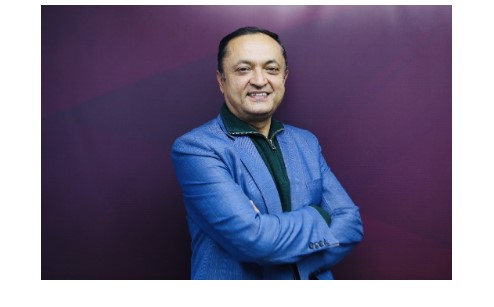
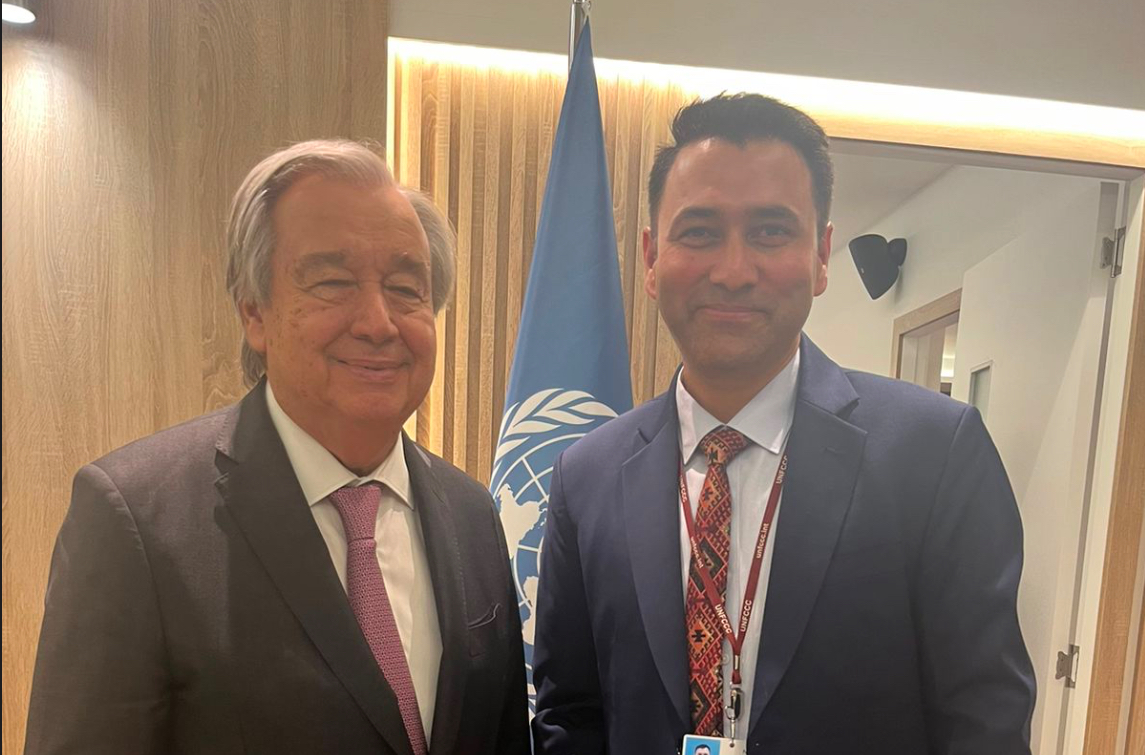

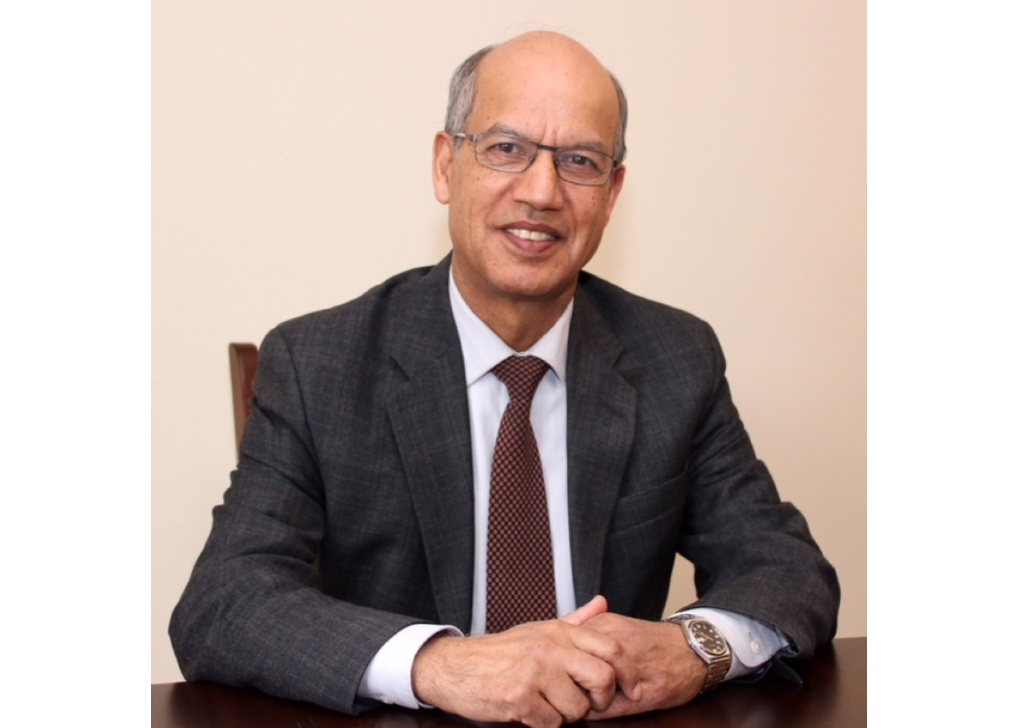
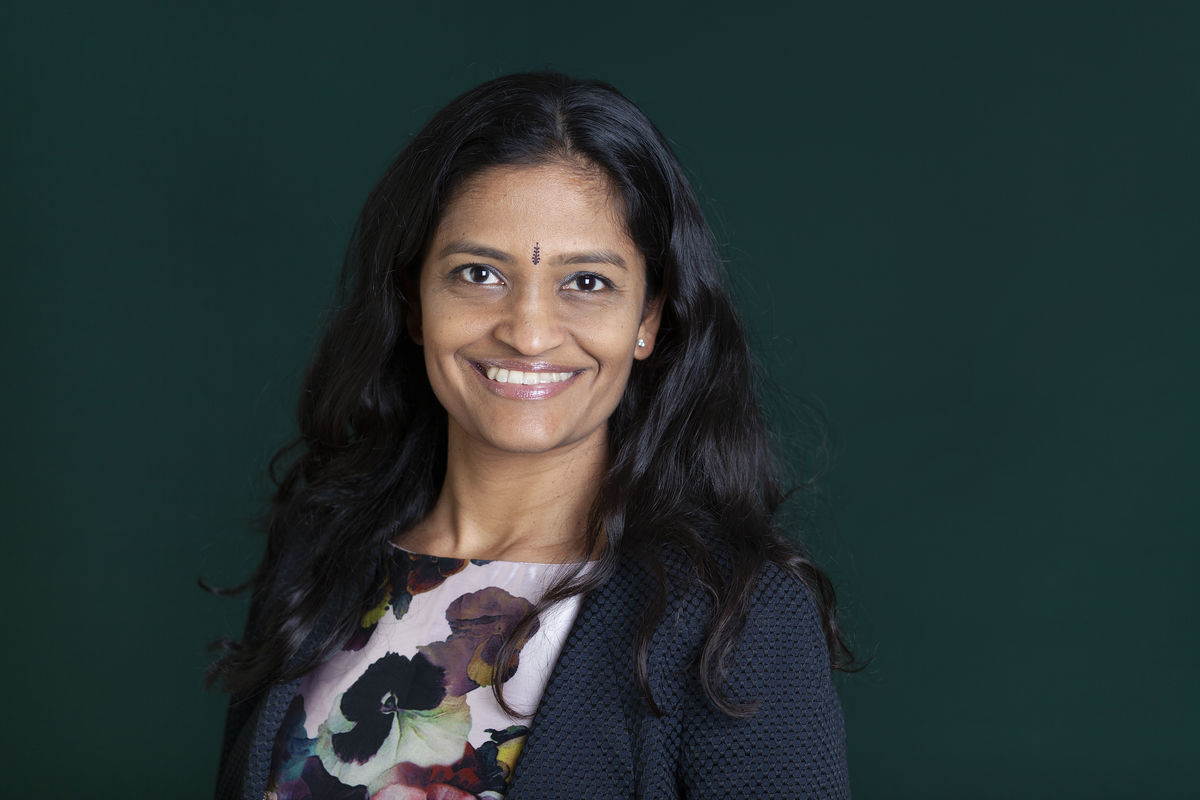
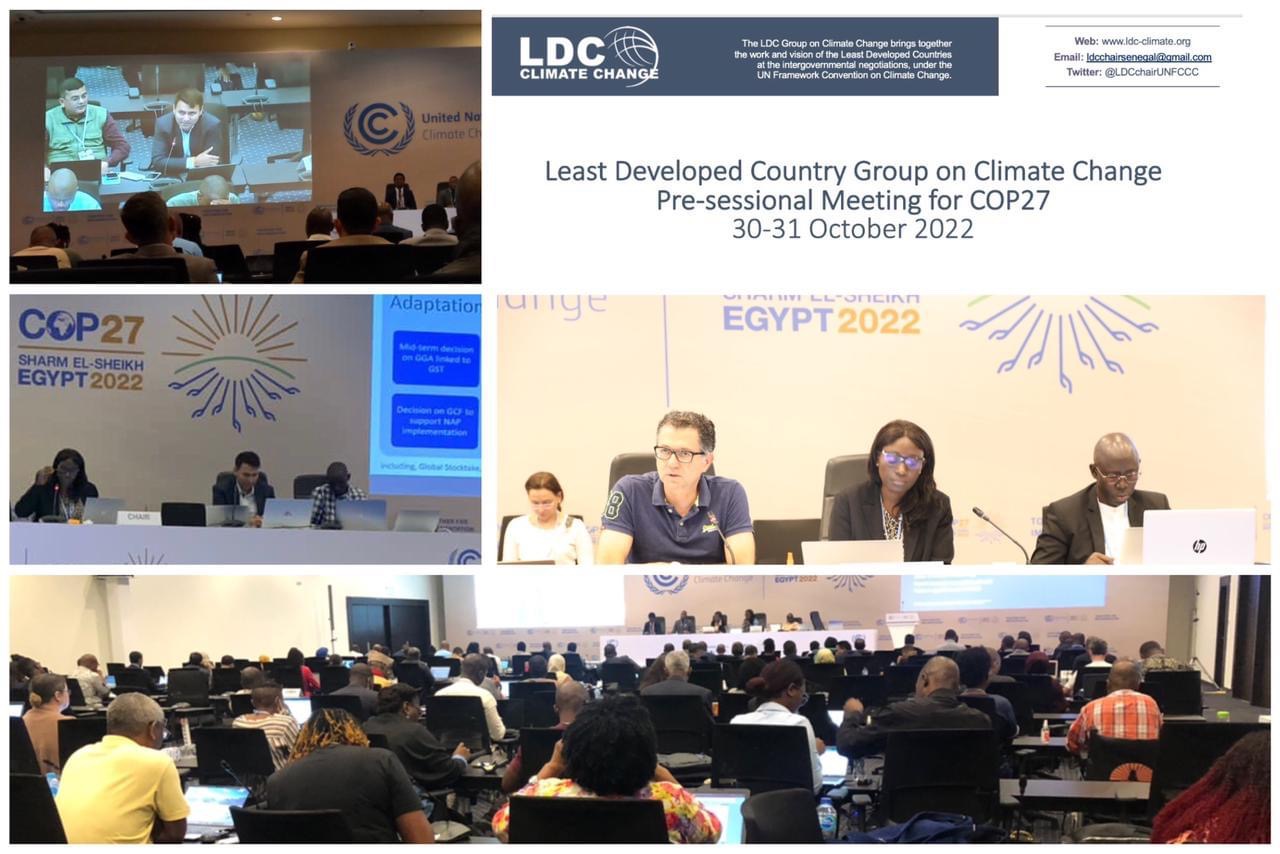
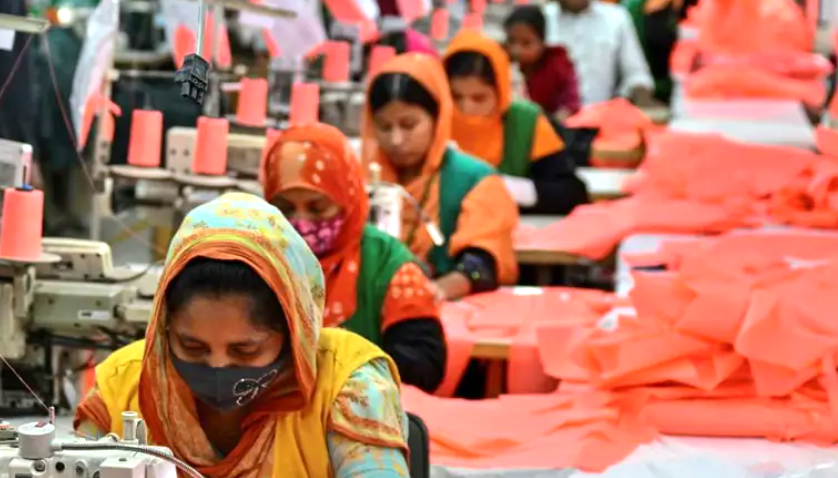
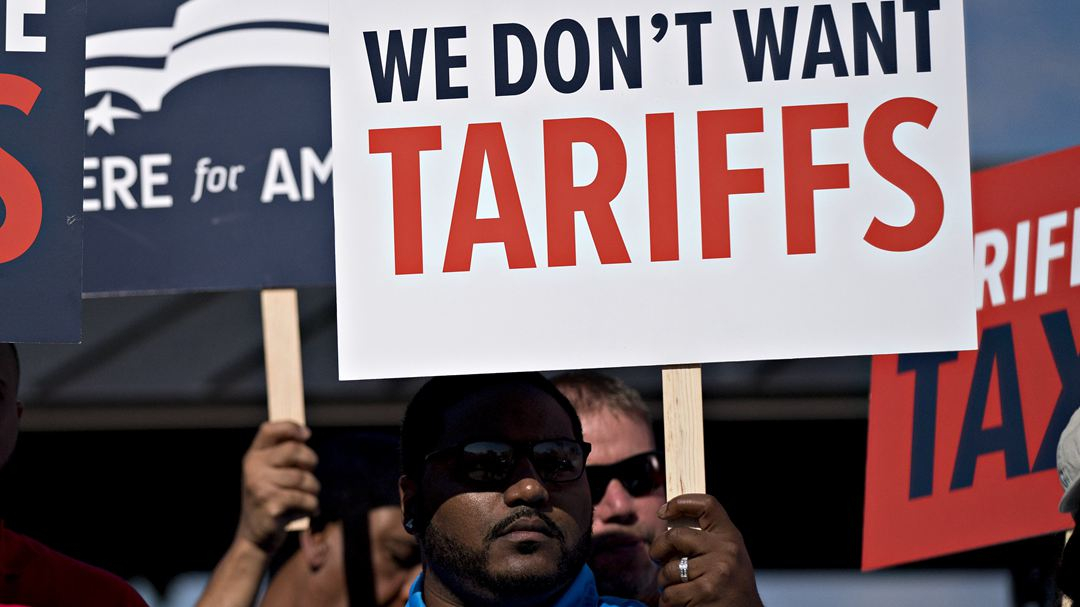
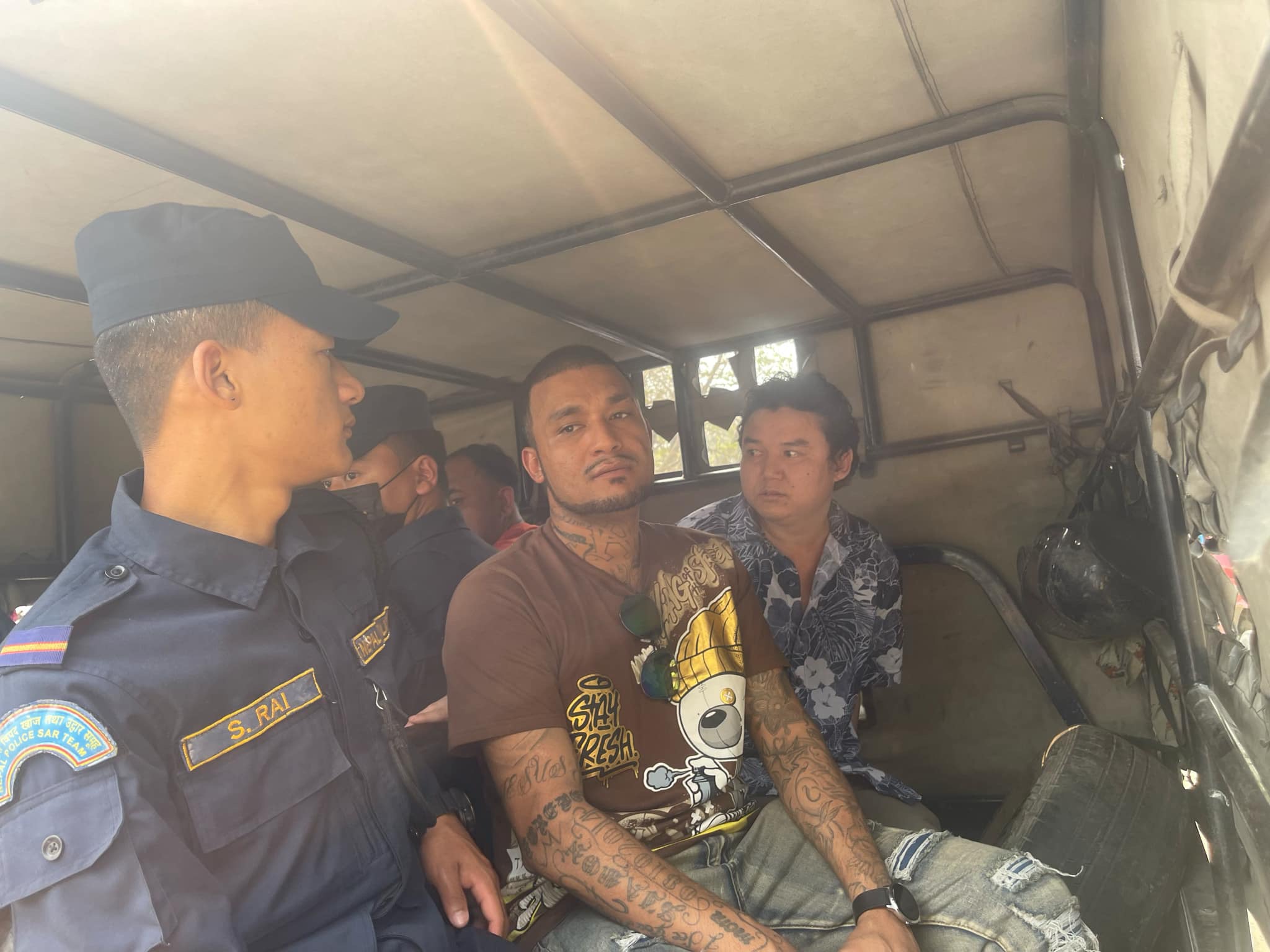
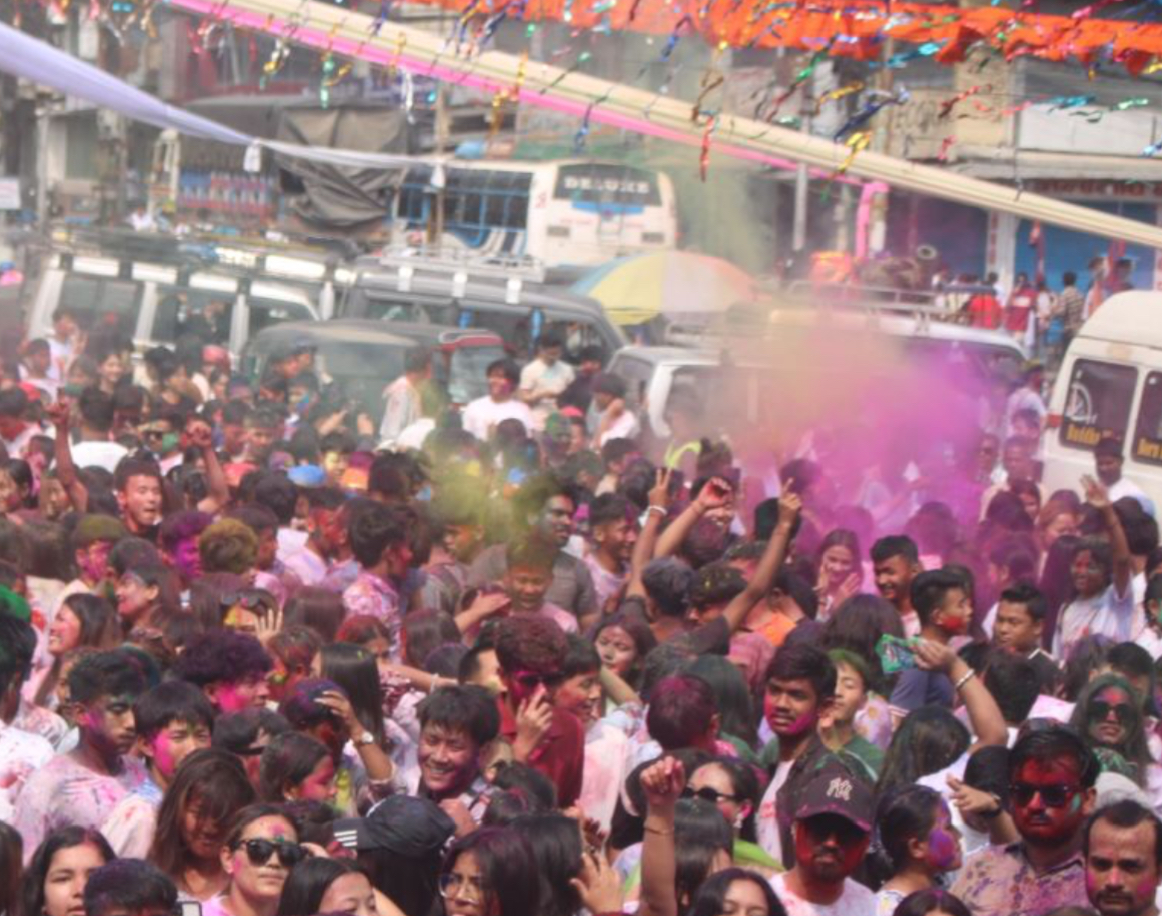



Facebook Comments